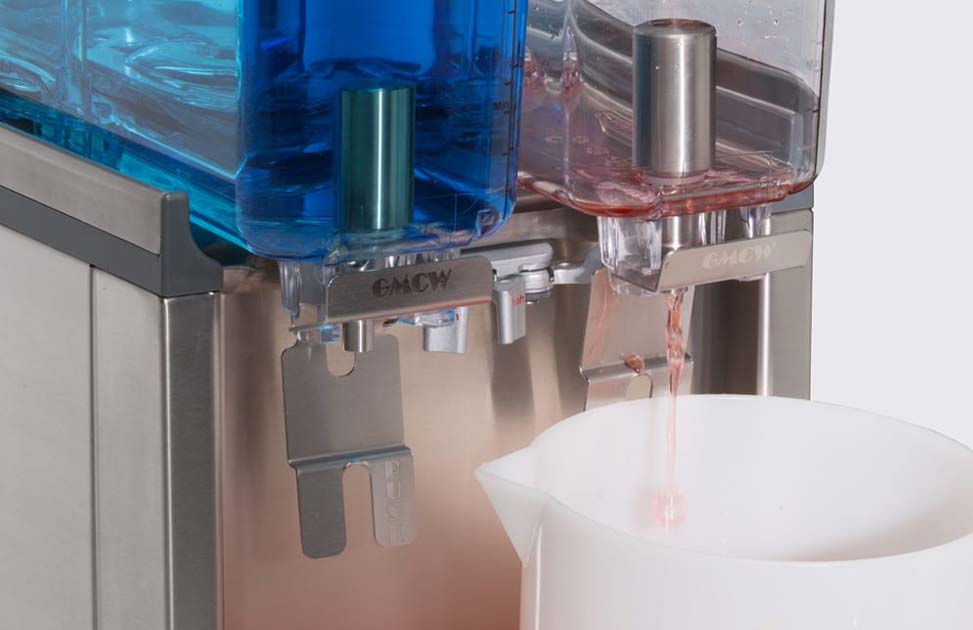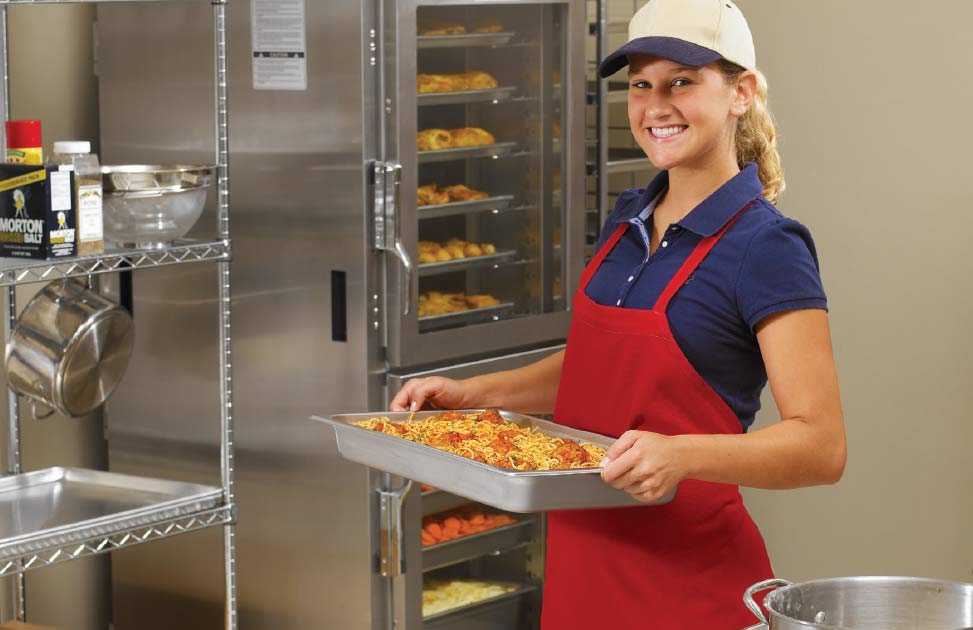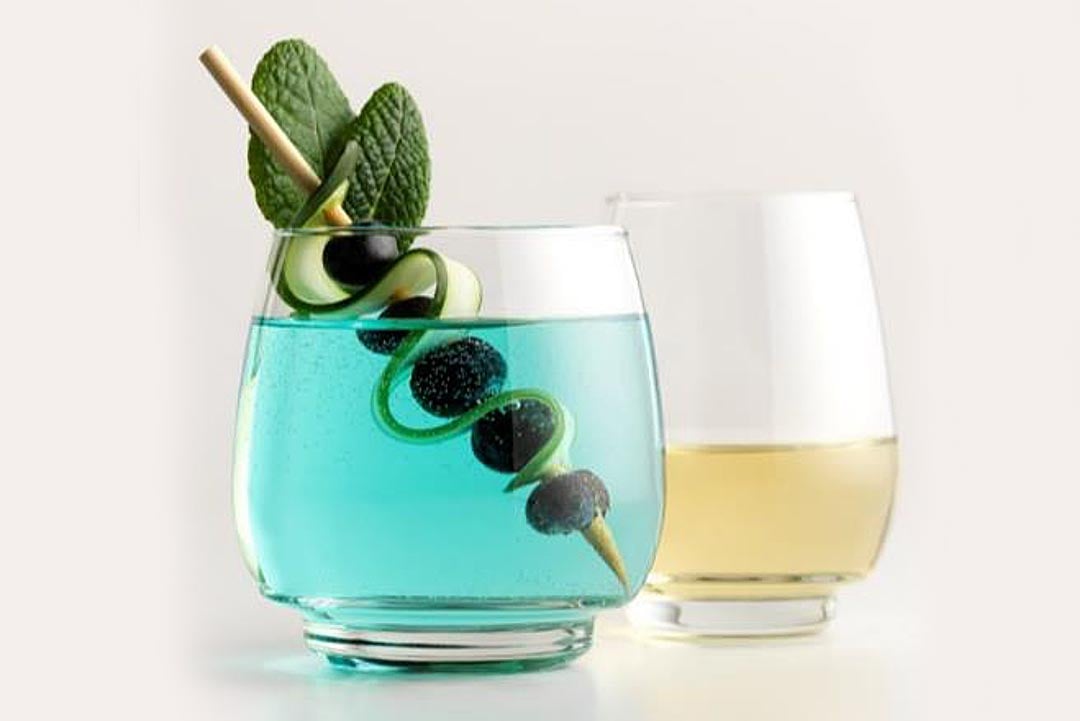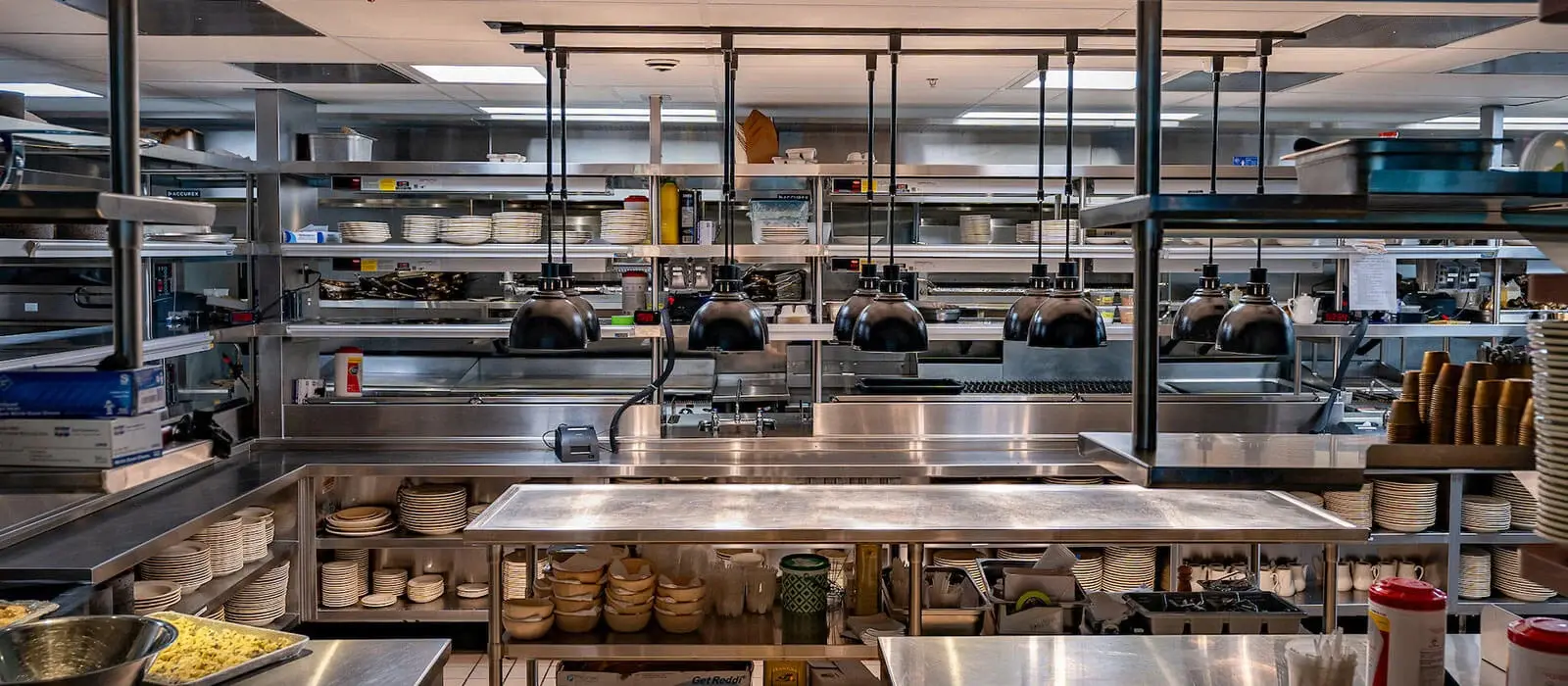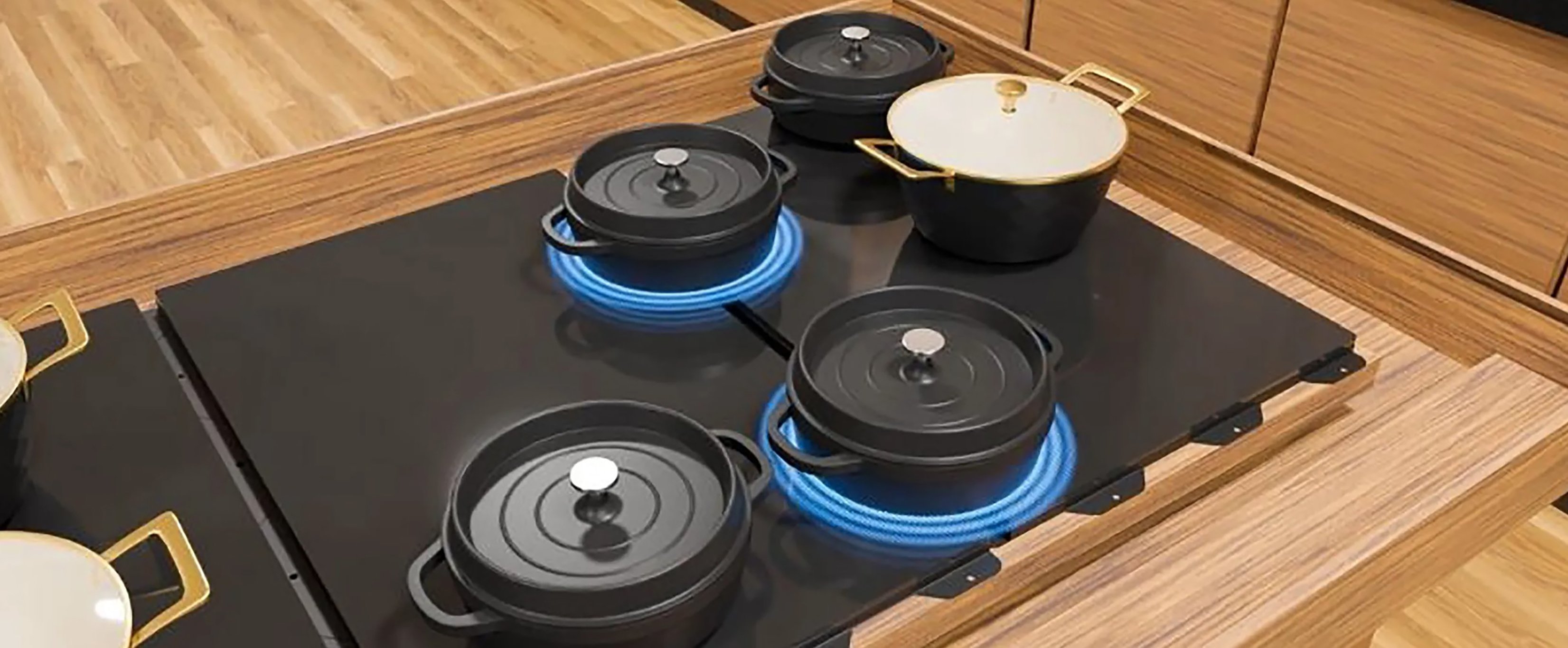As a New York City bar or restaurant owner, you know that it's not just the drink that matters—it's the experience. In an industry where competition is fierce and the quest for differentiation is constant, the details make all the difference. And when it comes to serving beer, the glass isn't just a vessel, it's an integral part of the customer's experience.
Sam Tell welcomes Bob McGrath, District Sales Manager at Libbey, to answer all of your stirring questions regarding beer glasses. Not only is Libbey one of the most reputable names in the industry, it also offers an extensive and diverse range of glassware designed to cater to different beer styles. From traditional pub glasses to specialized crystal ware, Libbey beer glassware products promise to enhance the flavor, aroma, and overall appeal of the beers you serve.
Sam Tell: What are the most popular types of beer glasses used in restaurants and bars?
 Bob McGrath: The most popular is the mixing glass, sometimes called a pint or shaker glass. It's a 16-ounce, basic glass used for its durability and low cost. However, it doesn't really enhance the beer's attributes. It’s just a vessel. Other popular types are the pilsner glass, which is narrow and tall, and the Belgian beer glass which is shorter, wider and usually stemmed. Some restaurants still use mugs, but they're not as common as they used to be.
Bob McGrath: The most popular is the mixing glass, sometimes called a pint or shaker glass. It's a 16-ounce, basic glass used for its durability and low cost. However, it doesn't really enhance the beer's attributes. It’s just a vessel. Other popular types are the pilsner glass, which is narrow and tall, and the Belgian beer glass which is shorter, wider and usually stemmed. Some restaurants still use mugs, but they're not as common as they used to be.
ST: What is your opinion of beer mugs?
BM: Mugs take up a lot of space and need to be severely chilled to keep the beer at its best temperature. They were used for their durability, but if you're using a mug, you need extra equipment to chill them.
ST: How does the right beer glass affect the customer's drinking experience?
BM: A good beer glass enhances the beer-drinking experience, similar to a wine glass. You want something that is going to add something to the beer-drinking experience. It also helps to market your beer program, especially when you're charging premium prices. For instance, a pilsner glass, being narrower and taller, helps to maintain carbonation, preventing the beer from going flat. An IPA glass is narrow at the bottom and wider on the top to enhance the aroma of the beer. The aim is to enhance presentation, aroma and taste, thus improving the overall customer experience.
ST: What are the most popular types of beer glasses used in restaurants and bars? And what are some underrated beer glasses that could use more attention?
 BM: The mixing glass is still the most popular. However, I personally feel that Belgian beer and craft beer glasses are underrated. Especially when serving high-quality beers, I believe you should use glassware not far from a wine glass—something thin and elegant so it doesn’t change the temperature of the beer and the customer doesn’t end up with a big piece of glass in their mouth, ruining the experience.
BM: The mixing glass is still the most popular. However, I personally feel that Belgian beer and craft beer glasses are underrated. Especially when serving high-quality beers, I believe you should use glassware not far from a wine glass—something thin and elegant so it doesn’t change the temperature of the beer and the customer doesn’t end up with a big piece of glass in their mouth, ruining the experience.
ST: What glasses would you recommend for high volume establishments with high turnover?
BM: For these places, durability and cost-effectiveness are key, so they typically use the mixing glass. I would suggest considering an English pub glass, sometimes called a “nonic,” or a Willi Becher. These glasses have been designed for durability and also contribute to a good presentation. These glasses have a signature bulge near the top of the glass. It’s not really about adding anything to the drinking experience, but instead it protects the rim. That bulge keeps the rims from touching while in storage.
ST: What types of glasses do you recommend for establishments that take their craft beer seriously, offering a high-end, curated selection?
 BM: For those establishments that prioritize quality and offer a curated, high-end beer selection, I would recommend our Spiegelau Beer Classics range. This collection includes very fine beer glasses, such as Pilsner, American Wheat, IPA, and stemmed glasses. They are top-of-the-line and akin to fine wine glasses in terms of quality and presentation. They can significantly enhance the customer experience, akin to the impact of serving wine in a refined glass as opposed to a clunky old one.
BM: For those establishments that prioritize quality and offer a curated, high-end beer selection, I would recommend our Spiegelau Beer Classics range. This collection includes very fine beer glasses, such as Pilsner, American Wheat, IPA, and stemmed glasses. They are top-of-the-line and akin to fine wine glasses in terms of quality and presentation. They can significantly enhance the customer experience, akin to the impact of serving wine in a refined glass as opposed to a clunky old one.
For establishments that are extremely passionate about their beer, it might be worth considering style-specific glasses, for example, having a dedicated glass for stouts, IPAs, and so on. However, in practice, due to space and operational constraints, even most breweries and brewpubs typically work with just two or three types of glasses.
ST: If I own a restaurant and I would like the highest quality beer glasses, what characteristics should I prioritize?
BM: If you're planning to invest significantly in high-quality beer glasses, I would recommend opting for crystal ones. There's a noteworthy difference between crystal and regular glass when examined under a microscope. Crystal, like that used by brands such as Spiegelau, has a smooth surface which maintains the beer's carbonation better than soda lime glass, which has a rougher texture and can make beer go flat more quickly.
Fine crystal glasses, being thin, don't alter the temperature of the beer. Along with this, considering glasses specific to the type of beer served—whether it's a wheat beer, IPA, or a pilsner—would be an excellent choice for a restaurant aiming to provide a high-end beer experience.
ST: What would you suggest for restaurants aiming to diversify their beer glass collection without a huge financial investment?
BM: For restaurants wanting to expand their beer glass collection without a large expenditure, I would recommend looking into the pub glass range by Libbey. This range offers a few different styles of pub glasses suitable for various beers. Consider opting for a pilsner glass for lighter beers, a Belgian beer glass for IPAs, and a wider glass for heavier drinks like stouts and porters. This approach allows for variety and specificity without breaking the bank.
ST: What is a key takeaway you would like restaurant and bar owners to learn from this article?
BM: It’s this: if you're simply enjoying a light beer like Coors Light, the type of glass doesn't matter as much—you can drink it straight from the bottle. However, when it comes to consuming complex craft beers, the quality of the glassware becomes significant. I strongly advise against using a generic mixing glass, as it does little to enhance the beer experience or to aid in marketing the beer program. It's important to remember that the goal is to uplift the beer program, entice customers with a better product, and communicate that value effectively. Quality glassware is a critical part of achieving this.
Contact your Sam Tell sales rep today for a full serving of the very best beer glassware from Libbey.


